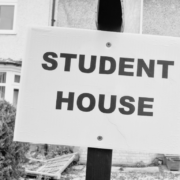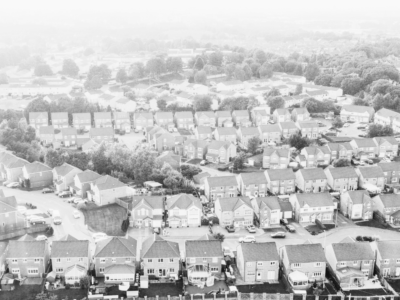The proportion of people living as owner-occupiers continued to hold steady in 2018-19, while overcrowding became increasingly commonplace, especially in the private rented sector (PRS), according to findings in the government’s latest English Housing Survey (EHS).
There were estimated to be 23.5 million households in England in 2018-19, according to the EHS. Owner-occupiers made up 64 per cent of all households or 15 million households in total.
Conducted over the last two years, the EHS is one of the oldest government surveys, having been carried out on an annual basis since 1967.
Overcrowding persists in the PRS
As many as 4.6 million households lived in the PRS in 2018-19, or 19 per cent of all households. Between the 1980s and the early 2000s, the PRS was typically home to a little over 10 per cent of households, but there has been something of a revolution in the sector, with it effectively doubling in size since 2002.
The number of private renters living in overcrowded accommodation doubled from three per cent in 1998-99 to six per cent in 2018-19, reflecting growing demand but a shortfall in the supply of homes to meet this demand.
Despite this, fortunately for renters, the quality of housing improved in the PRS significantly in the past few years.
In 2008, the EHS estimated that 33 per cent of housing stock was deemed to be non-decent. By 2018, this had fallen to 18 per cent. However, the EHS remarked that this improvement had stalled in the past couple of surveys conducted, suggesting a lack of immediate progress.
Earlier this month, housing charity Shelter revealed that a significant number of renters in the PRS had been made physically sick as a result of problems with housing, especially relating to poor living conditions.
They identified that those living in coastal regions were especially vulnerable, as housing stock was often in the poorest of conditions, as many homes in places like Thurrock were only intended for short-term occupation as holiday homes when originally constructed.
Better energy efficiency reported
The shift towards greener homes was given a significant boost in the latest EHS. The energy efficiency of homes, as measured using the SAP rating system, showed improvements compared to 2017, up to 63 points in 2018 from 62 in the 2017 survey.
Not only that – the number of homes deemed to be in the highest band of energy efficiency (A to C) grew from 9 per cent in 2008 to as much as 34 per cent of homes in 2018. At the same time, those in the lower bands (F to G) dropped from 14 per cent to 4 per cent in the same period.
The roll-out of smart meters was given credit in helping households become more efficient – by 2018, 22 per cent of dwellings had one installed.
Despite this, overheating, a sign of inefficient central heating, remained an issue for owner-occupiers and residents living in newly-built homes or high-rise flats, in at least one part of the home.
This suggests that there is room for improvement when it comes to the design of newer builds, to make sure they distribute heat more evenly around a home.






















Comments